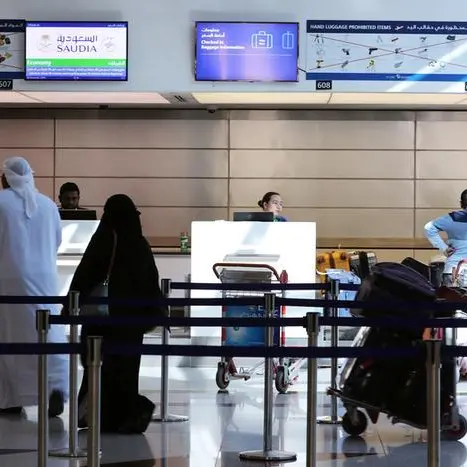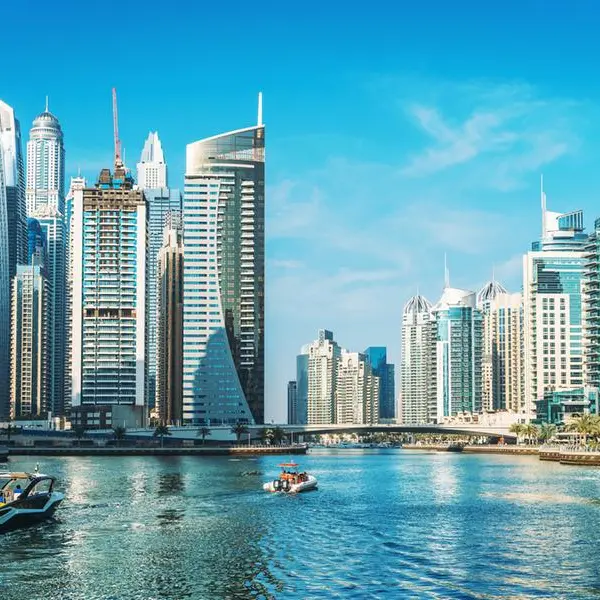When seven Indian Premier League (IPL) team owners decided to fly 22 cricketers in a private jet from Manchester to Dubai last September, they footed a bill of nearly GBP 100,000 (510,160 UAE dirhams). For the franchise owners, the deal was worth every penny for two reasons. It cost less than a business class ticket for each player. Secondly, flying the teams together saved time and coordination efforts for organisers, and maintained the ‘bio bubble’ in the time of COVID-19 pandemic.
Months later, 15 chartered flights were pressed into service for transporting players to Melbourne for the Australian Open.
Both the IPL and Australian Open 2020 were held under the shadow of the pandemic. For these sporting events, private jets became a key solution for biosecurity concerns.
Elite athletes – racers, golfers, tennis players, footballers – have always opted for private aviation to jet to competition venues. Chartered planes streamline travel, reducing time spent in airports, and deliver on comfort and luxury. Athletes can expect to arrive at their destinations with a rested mind and body, essential for achieving their best.
This year’s Olympics were originally scheduled to be held in 2020. The multi-sport extravaganza will now be held in July and August this year. Over 11,000 athletes are expected to gather in Tokyo. Despite all the safety and hygiene precautions at the venues (and other measures such as no or limited in-house attendance), Olympic Committees across the globe have their task cut out.
They are staring at a mammoth challenge -- flying contingents safely while ensuring athletes and support staff have minimal contact with outsiders. Private aviation is a viable solution under the circumstances.
While flying on a private chartered flight, passengers are not exposed to the crowds and queues of commercial airports. Private flights use dedicated terminals called FBOs and only a limited number of people are allowed to board these aircraft. Top-notch athletes do not run the risk of being mobbed by fans at the airport. On a private flight the number of touchpoints are minimised, hence the risk of infection is considerably reduced.
For in-demand destinations such as Tokyo, private jets can be chartered without tickets having to be booked well in advance. This flexibility is appreciated during uncertain times. By calling a private charter jet company a date can be set that is as close to the scheduled mandatory quarantine period as possible.
Flying private is quicker than commercial, even for non-stop flights. Security clearances, customs and other formalities are dispensed within five minutes for passengers aboard some private flights, compared to the long and arduous process that commercial airline passengers are subjected to. A dedicated terminal for private flights and the relatively short distance between the FBO and the aircraft expedite the whole process further.
Elite Olympic athletes who are representing their country at the highest level of their chosen sports do not have to contend with issues such as not enough leg room or comfortable reclining seat to sleep. Athletes and coaches can discuss strategies and tactics on the go, without being bothered by fellow travellers as in commercial flights. The comfort, aesthetics, and in-flight service that private jets offer will go a long way in keeping sportspersons motivated for the tough competition ahead.
Most importantly, sportspersons can expect in-flight meals that meet their health and nutritional needs. In-flight catering aboard private jets is always up to the task. Unlike commercial flights which usually serve re-heated pre-cooked meals or have a limited range of offerings from the kitchen, cabin crew aboard a private jet can customise food according to the interests and requirements of the passengers.
For the men and women aiming to achieve the best sporting outcomes and representing their nation at the highest level, the comfort and seamless travel afforded by private jets in the air may very well make the difference on ground.
© Opinion 2021Any opinions expressed in this article are the author’s own
Disclaimer: This article is provided for informational purposes only. The content does not provide tax, legal or investment advice or opinion regarding the suitability, value or profitability of any particular security, portfolio or investment strategy. Read our full disclaimer policy here.












